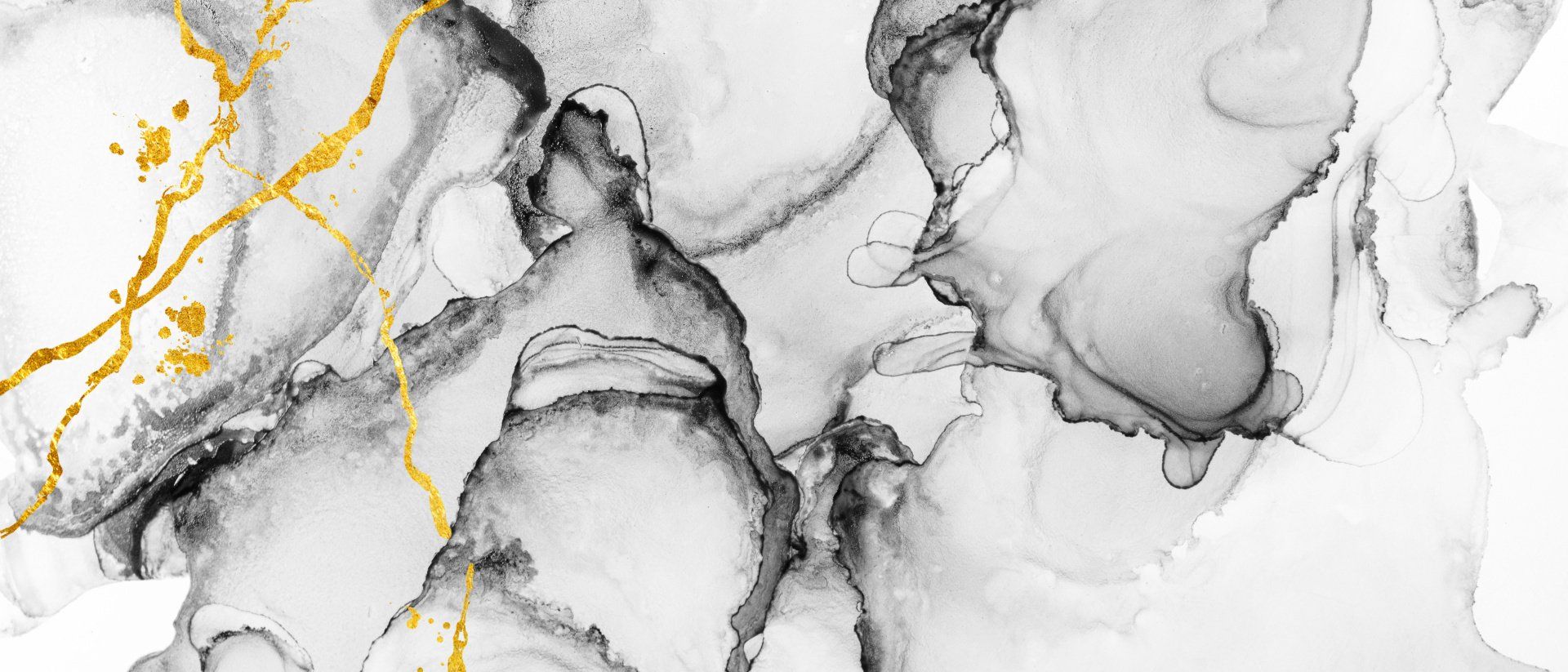Supporting a Growing Remote or Hybridized and Millennial Workforce
Supporting a Growing Remote or Hybridized and Millennial Workforce
Now, more than ever, organizations need clear information to decide how best to support a growing remote or hybridized and millennial workforce interested in work life integration. This is important not only for creating employee retention, but to create optimal productivity and a healthy workplace environment.
Magnus Associates just completed a project for
Raiven Capital tech venture fund to help support their portfolio and the venture capital industry in general to dig deeper and get insight into what works and what is optimal in a remote workplace.
We gave each of 5 tech start ups the same initial scenario to workshop - an experience they would have in their normal operations that they needed to work out as a team. Then a half hour into the exercise, we threw a wrench into the scenario upping the tension and the stakes. Then we invited them each into a debrief process.
The future of work is hybridized or remote. AND employees want more than work, they want work that integrates with and supports their broader life and well being. This has led to what is being termed post pandemic as “the great resignation”. Employees don’t see value in organizations that aren’t able to support both individual well being and create a healthy, flexible and progressive work environment.
The study uncovered several themes (for the full white paper click
here)
Leadership
- Leadership, as defined by the “great resignation” literature, needs to value remote work, respect time outside work, create onboarding and a process for everyone to own the culture, and support the values being shared in non agenda based meetings such as virtual water cooler experiences (an opportunity for spontaneous conversation) and virtual town halls (other socializing)
- Leadership provides transparent, accessible and integrated remote working systems/platforms so teams can do work across time zones and remote work hour preferences.
- Leadership has to create a culture of high EQi. (Emotional Intelligence: Self perception, Self expression, Interpersonal skills, Stress Management and Decision Making)
- Leaders can serve and take a back seat when the values, processes, and operational actions/strategy are defined and held by each member of the team in a cohesive way that stems from a clear culture map.
Culture
- Workplace culture is all the tacit agreements about values, ethics and operations that shape the attitudes and behaviours within an organization. They define what is encouraged, discouraged, accepted or rejected within a group (Groysberg, Lee, Price & Cheng, 2018)
- Successful workplace (Businesses able to execute their strategy) cultures acknowledge that work is more than a contractual agreement exchanging money for work. It acknowledges that people have lives, dreams and individuality and work exists within that context. People want mentorship, healthy communication, flexibility to work to get the work done - not for face time, or perception of how work has to get done
Culture Mapping
- Clear culture creation and good leadership leads to a relationship map (how the culture actionates at the level of the internal and external relationships, communications, operations and strategy).
- It simultaneously creates the expectations, behaviours, communications, processes and strategy that walks the customer/clients through the experiences with your organization from start to finish.
- A clear workplace culture map leads to clear relationship maps (internal and external) and is key to business success in a remote/hybrid environment
- When each team member operated as if the culture was a shared vision, synergy and greater business success occurred.




